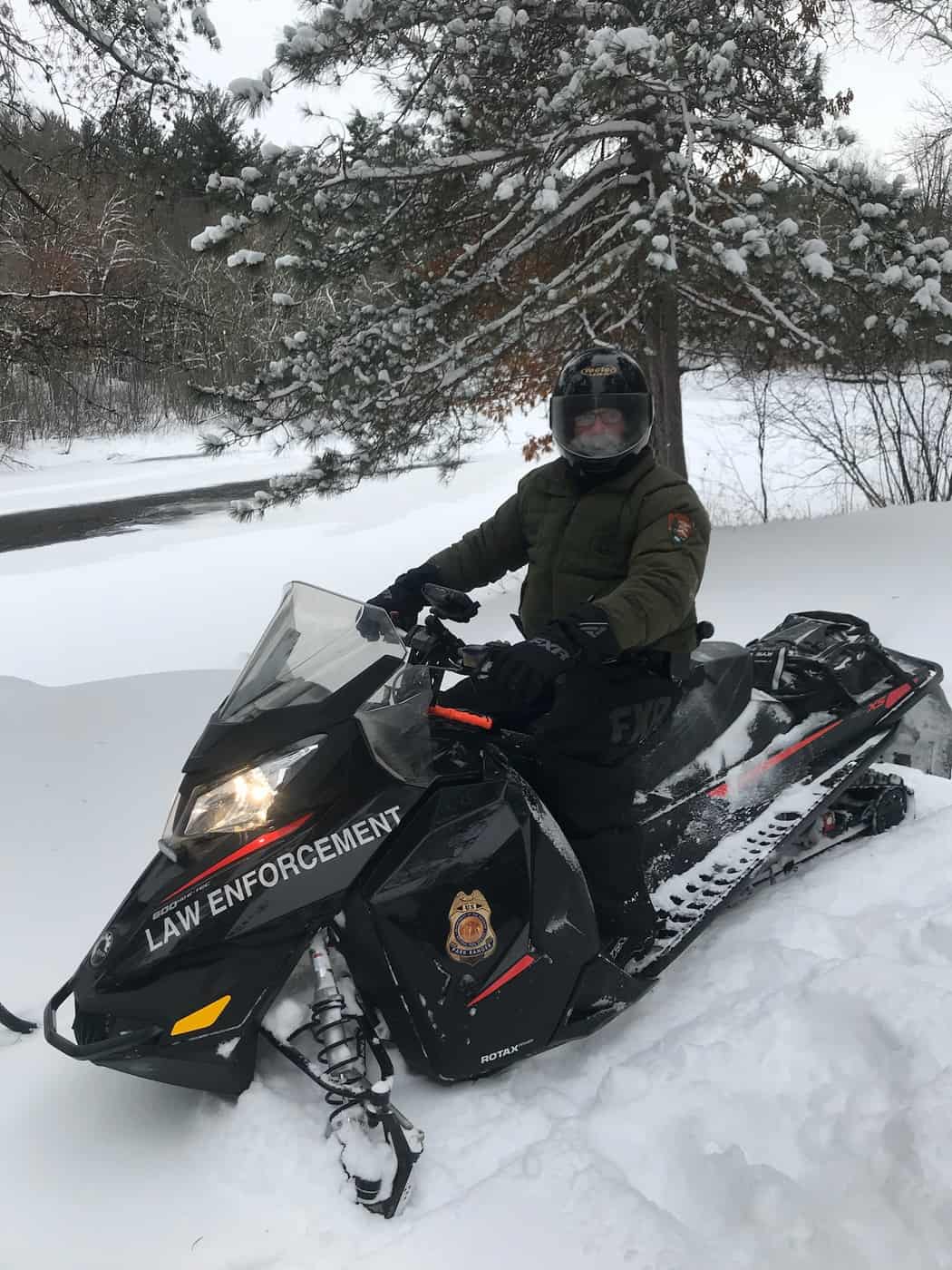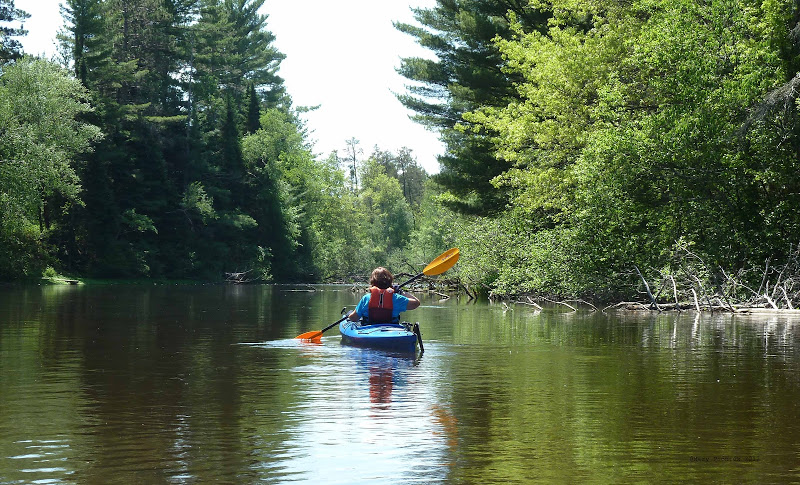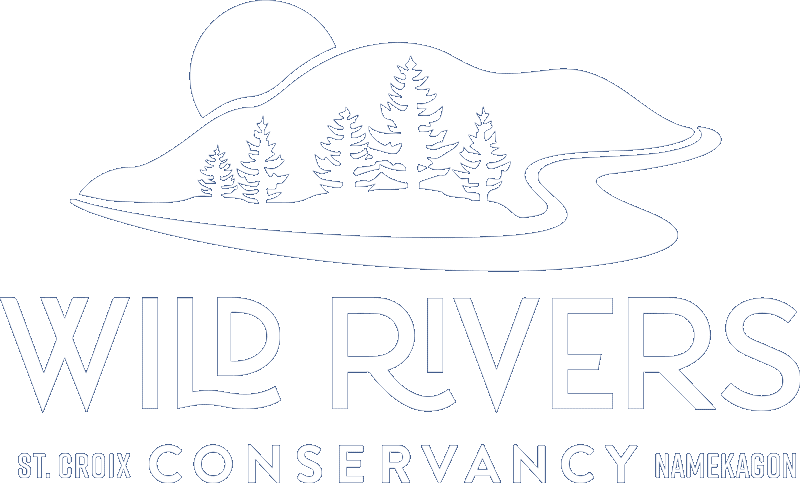Get to know the rangers that work in and around the St. Croix National Scenic Riverway
in our new, quarterly “Rangers of the Riverway” series!
After 23 years of working in visitor and resource protection for the St. Croix National Scenic Riverway, U.S. Park Ranger Charlie is still finding new experiences in this national park.
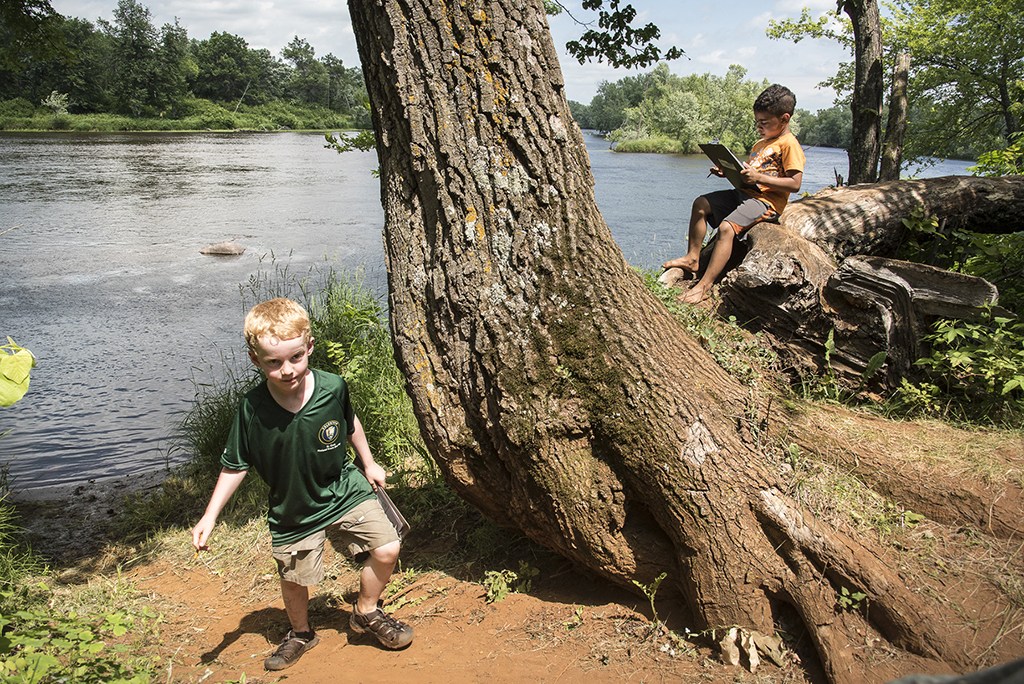
Raised in St. Paul, Minnesota, Charlie’s connection to this park flows back to childhood summers at a family cabin near the St. Croix River. “I found that my place in the world was around nature,” he says, “and my family let me run with my interests.” His work in law enforcement and emergency response services for the Riverway developed after pursuing very different degrees at the University of Minnesota—Duluth, including psychology and sociology and a minor in Native American Studies.
“When I got the permanent job here, they looked at my outside interests along with my past job experiences,” he says. “I’ve learned in years of working for the National Park Service that those prior jobs were gearing me up for the things I would face. That’s what makes the job interesting.”
Charlie’s diverse experiences and training and his law enforcement expertise are the foundation for his success in a challenging job. “We have a dual mission—one is to help provide for the enjoyment of others, and the other is to help provide for the safety of others, and you have to balance that,” he says. The emphasis on safety and protection carry through to other important aspects of his work. Charlie serves as the Riverway’s emergency medical services (EMS) coordinator, providing training and guidance for all emergency medical technicians (EMTs) and first responders at the park. He is also the wildland fire coordinator and makes it possible for staff to be involved in responding to fire emergencies in the park and across the country.
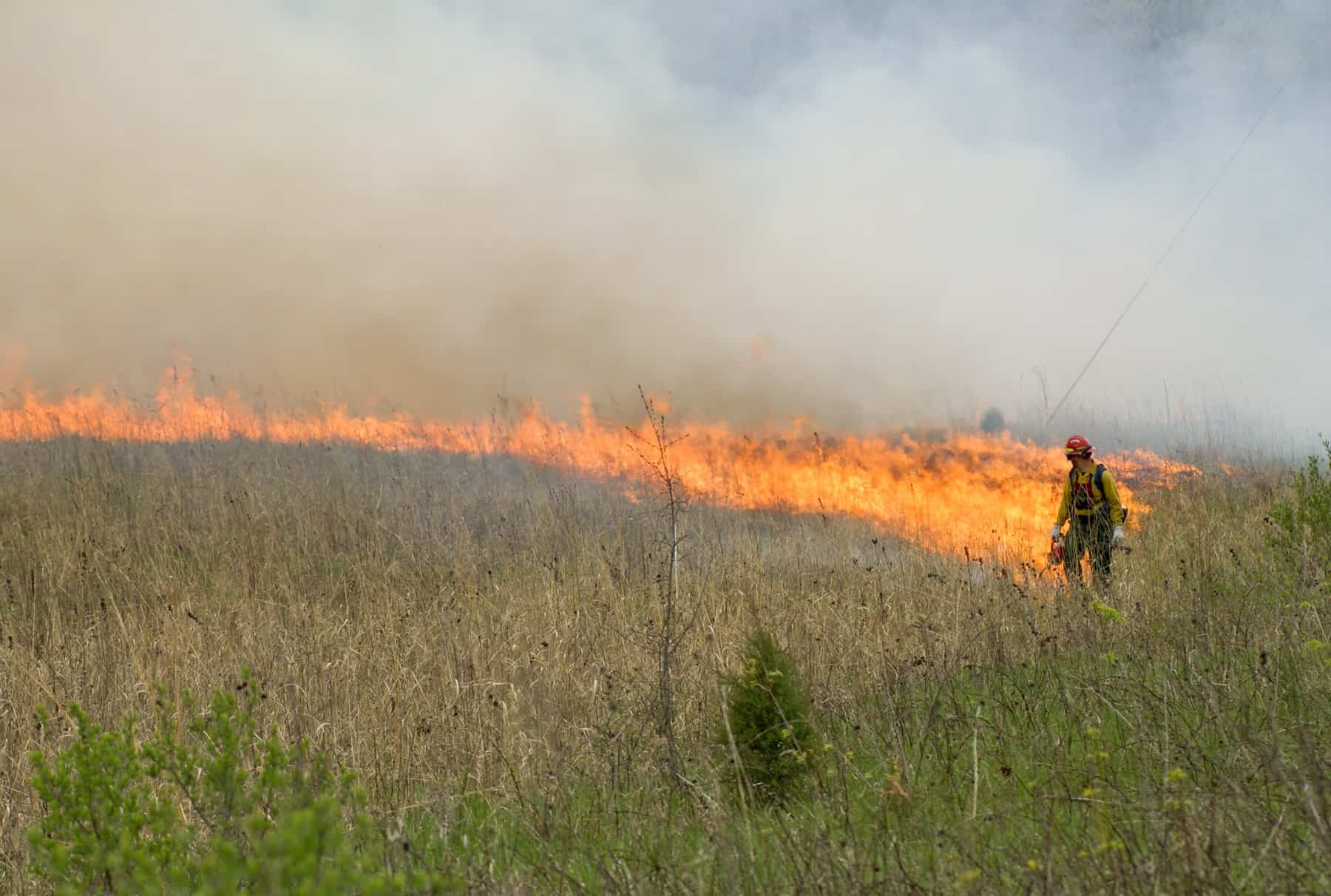
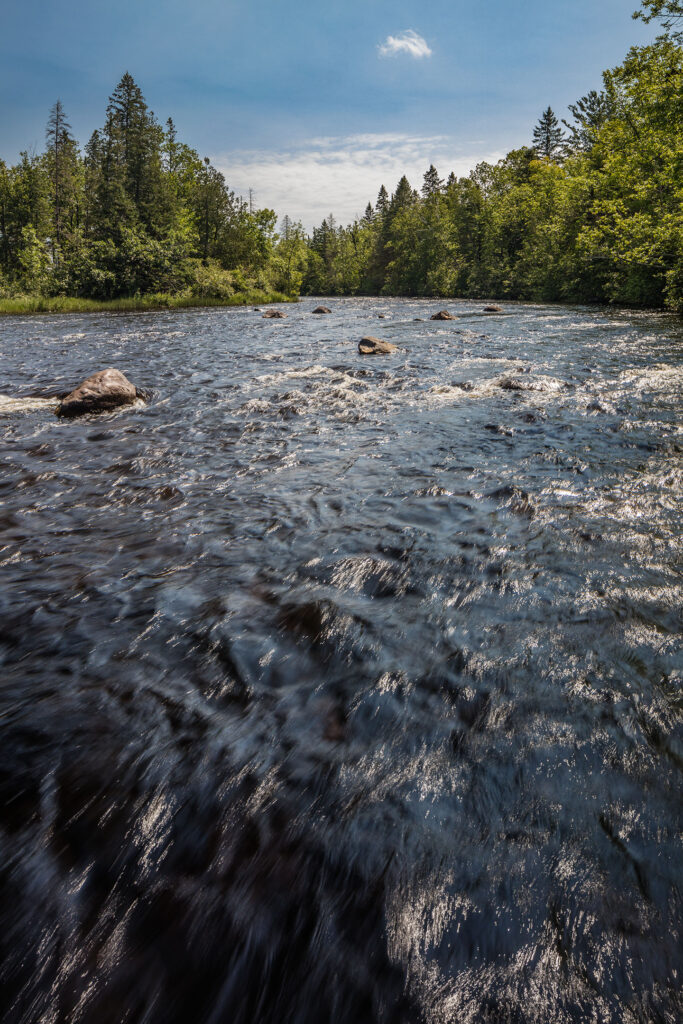
One particular rescue has stayed on Charlie’s mind. After saving the life of an impaired man who was close to drowning, Charlie received a Safety Achievement Award from the Riverway. But it was a chance encounter with the man years later that brought home the importance of Charlie’s work. “He told me that he quit drinking,” he says, “and while the man didn’t remember the incident, the people he was with helped him change his life afterwards. I look at that plaque all the time, and I put it in my son’s room because it means so much to me. I could have never done that if I didn’t have the support of the people I work with, from our volunteers to our seasonal employees.”
The sense of partnership and community across the park is evident in hearing Charlie speak about the rangers and visitors he has met over the past two decades. “You can gain a lot of useful info about how to do your job from the different backgrounds of the people you work with every day,” he notes. “We all mentor each other, and in working for the National Park Service, I’ve learned that they are as much a part of your life as your family.”
Throughout his career Charlie has worked across the entire Riverway from the upper St. Croix and Namekagon to the St. Croix below the dam in St. Croix Falls. “We have areas that are so unique, it’s like working in different parks. For example, you may have never been around areas where you can hear wolves and see bears! The uniqueness is one of the best parts of working here,” Charlie says.
In addition to the wild and scenic beauty of the park, an abundance of recreational opportunities for all ages and abilities provide physical and mental health benefits that have only become more essential over the past year. The Riverway saw visitor numbers increase by 25% in 2020—and Charlie saw how the park and people can help each other both now and into the future.
“Different things going on in people’s lives attract them to national parks, and we’ve seen an increase in the use of national parks during the pandemic,” he says. “I think they are a place where people can find themselves and feel safe during this time. And people enjoying the Riverway can also help protect it. When you see new people enjoying the river in a positive way, that’s exciting, because that’s going to be what it takes to protect it. We have to do this together.”
